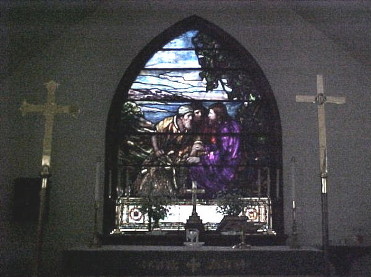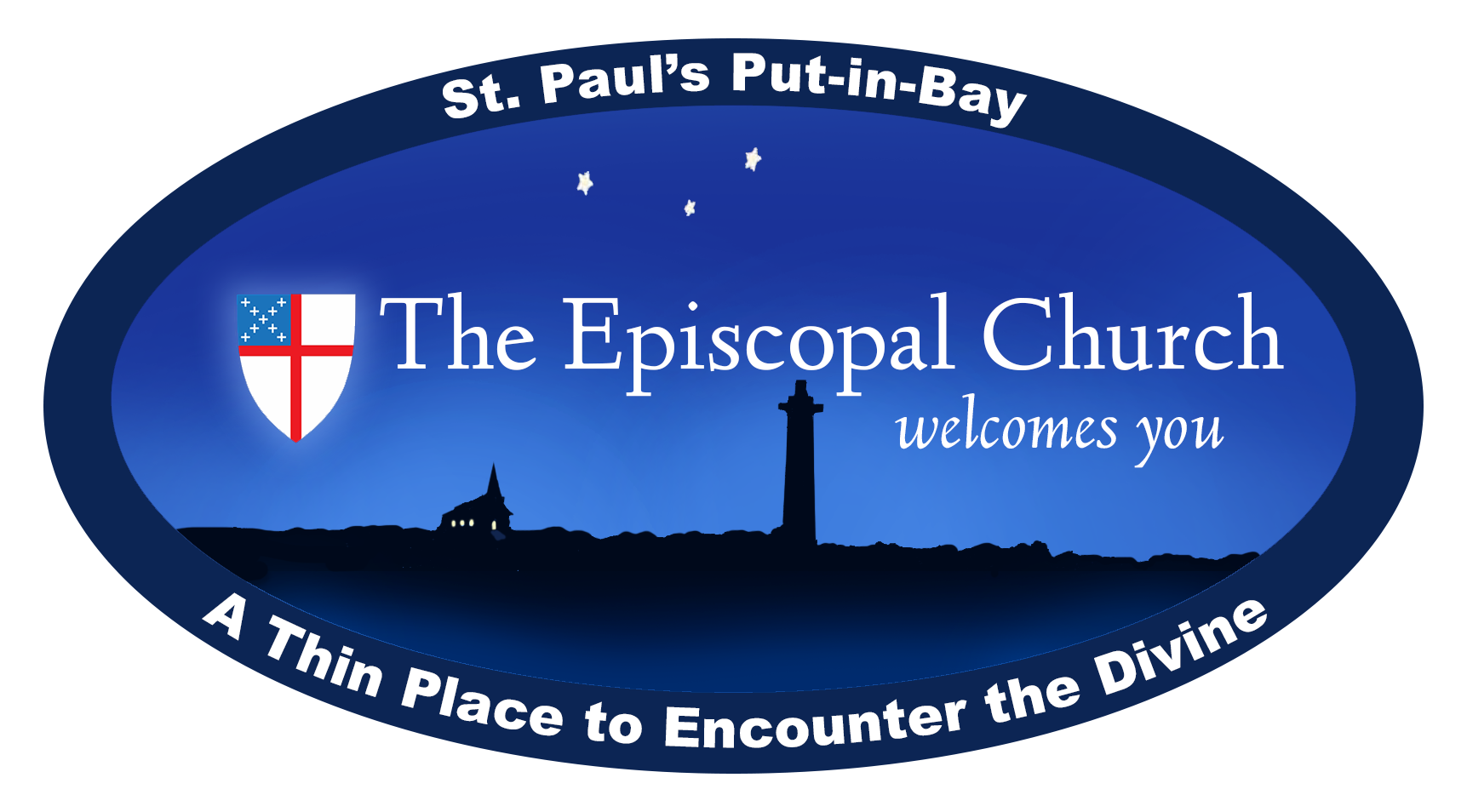In Confirmation, a baptized Christian makes “a mature commitment to Christ, and receives strength from the Holy Spirit through prayer and the laying on of hands by a bishop.” (The Book of Common Prayer, p. 857)
Confirmation completes the initiation rite that began at baptism by transferring responsibility for the promises made at baptism from the sponsors to the one being confirmed. One can be confirmed whenever he or she is ready to accept that responsibility; usually this happens during late adolescence for those who are raised in the church.
In the course of their Christian development, those baptized at an early age are expected, when they are ready, and have been duly prepared, to make a mature public affirmation of their faith and commitment to the responsibilities of their Baptism and to receive the laying on of hands by the bishop. (BCP pg 412)
Confirmation expresses not only a desire to live as a mature Christian, it also indicates a desire to do so in the Episcopal Church and the world-wide Anglican Communion.
Persons who have made an mature commitment of faith in another denomination may asked to be received in the Episcopal church. The bishop receives persons in the Episcopal Church using the sacramental rite found on page 413 of the Book of Common Prayer.

Jesus said, “Come, follow me.” Mt 4:19 – this is the moment of Jesus’ ministry portrayed in the stained glass window over St Paul’s altar.
We see Jesus calling his first Disciples. He had walked along the shore of the Sea of Galilee when he encountered two brothers named Simon, and Andrew.
Follow me – Come after me, δευτε οπισω μου. Receive my doctrines, imitate me in my conduct – in every respect be my disciples. We may observe that most of the calls of God to man are expressed in a few solemn words, which alarm the conscience, and deeply impress the heart. To follow Christ, and be admitted into a partnership of his ministry, is a great honor; but those only who are by himself fitted for it, God calls. This window is an appropriate verse to remember for those who are confirmed, and received by the Bishop. They are equally appropriate who all who re-affirm their vows of baptism.
In Hebrew Simon (Shimown or Simeon, which means God has heard), Simon was a son of Jonah also called a son of John. Simon also had the Greek name Peter (Petros) meaning rock or stone by Jesus after he confessed that Jesus was the Christ. Paul calls him Cephas, also meaning rock.
Andrew (A Greek name meaning “manly”) was originally a disciple of John the Baptist, John’s Gospel (John 1:35-42) has a similar account of Jesus’ first encounter with Simon and Andrew.
Laura Cooke Barney choose Matthew’s Gospel for this window, focusing on Matthew 4:19 where Jesus says “Come, Follow Me.” The two brothers were fishermen and were throwing a net into the water when Jesus called out to them saying, “Come, follow me, and I will show you how to fish for people!” The next verse says: “They left their nets at once and followed him.”
Francis Sweeny incorporated the lake, fishing nets, grapevines laden with grapes which make red wine into the window. All of the three are found at Put-in-Bay and at the Sea of Galilee.
In 1902 this window was given to St. Paul’s by Laura E. Cooke Barney in memory of her mother Dorthea Cooke (Dorothea Elizabeth “Libby” Allen), born abt. 22 Oct 1827 in Randallstown, Maryland, United States; died 22 Jul 1871 in Ogontz, Montgomery Co., Pennsylvania. The window was made by stained glass artist and instructor Francis Drake Sweeny of Philladelphia. Laura Cooke Barney and many of her family members also lived in Philadelphia.
